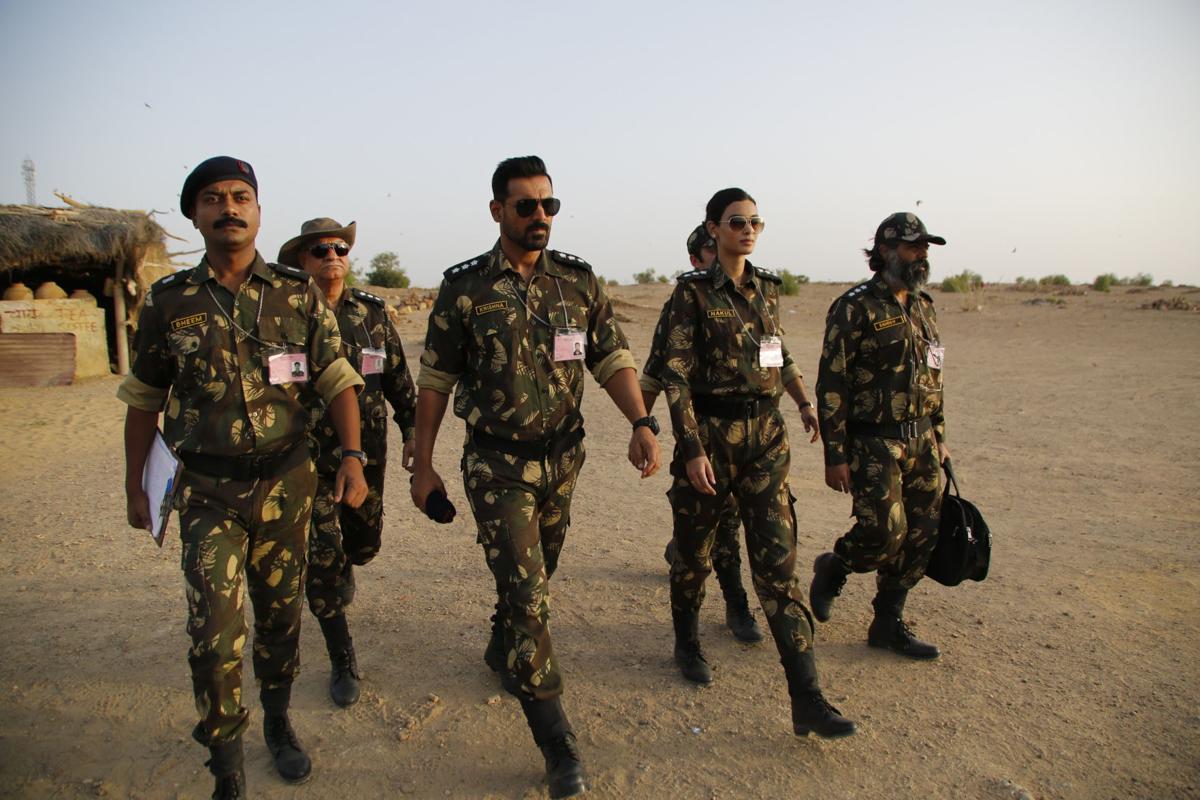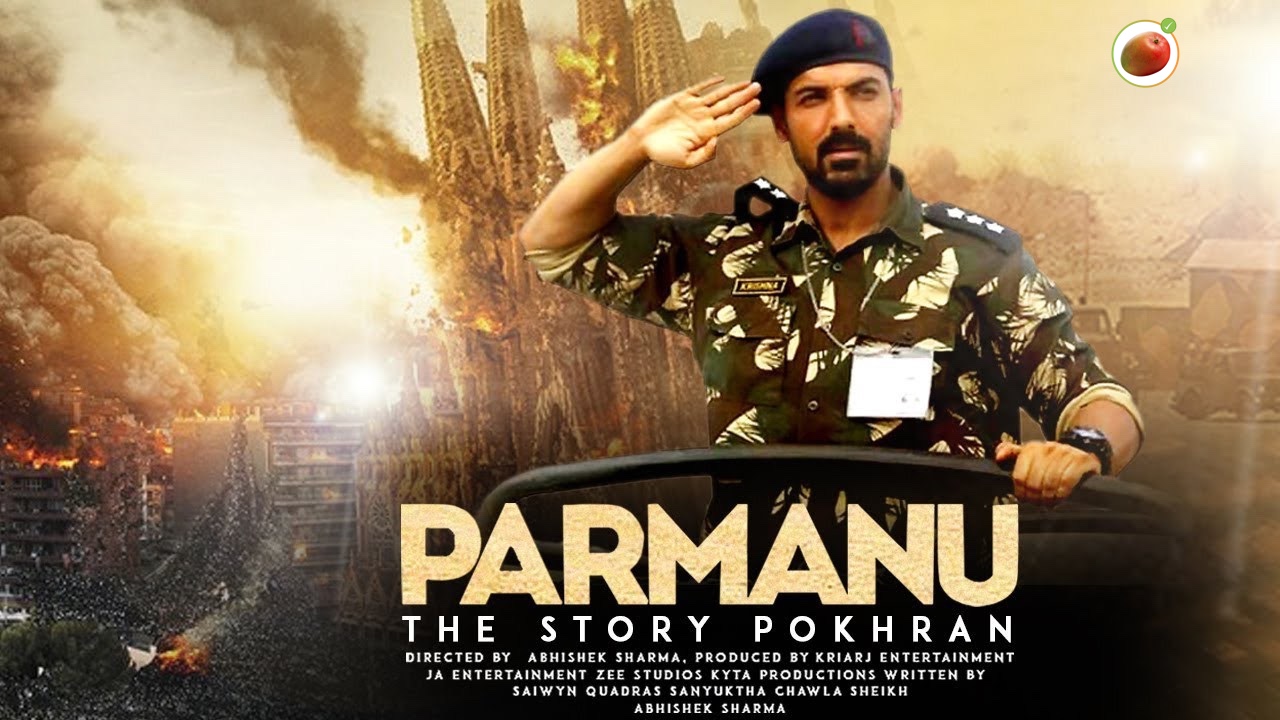Parmanu: The Story of Pokhran starring John Abraham could’ve been a far better film considering it is based on the events leading to the nuclear tests in 1998 that made India as a nation stand up and occupy its rightful place in the new world order. Worldwide many geopolitical experts will side with Indian establishment, that this event prevented any chances of a full-scale war between India and Pakistan – it is a tragic irony, but having hundreds of Nuclear bombs by both the countries is preventing them from bloodshed. Luckily, the film doesn’t trouble us with any of these technicalities, it is about the events on the ground in Pokhran and because of that, I was able to enjoy the film.
When the film starts we are taken to 1995, when China had just tested one more nuclear bomb and India’s bureaucracy takes a proposal to the then PM for responding with its own nuclear tests. America smells the activities and publicly chastises India, which drops the plan for good. For the failure to plan properly the 1995 test, Ashwat Raina (John Abraham), a researcher in an unnamed organisation had been removed from Indian Civil Service. Then in 1998, with a new Government under PM Mr Vajpayee was in place, Ashwat gets summoned and tasked with planning and executing the tests in utmost secrecy. Ashwat assembles a new core team consisting of experts from Bhabha Atomic Research Centre, DRDO, Indian Space Agency, Indian Army and India’s Secret Service. To escape the ever watchful eyes of American spy satellites, a plan was hatched to work only during the night and during the satellite blind spot hours.
The background score kept the excitement going. The five main cast suited their roles and had done them well. Showing the family of Ashwat, the dynamics between him and his wife and later their fight adds an interesting layer to otherwise a flat story. The boy who comes as Ashwat’s son has done a good job. Where the film lagged was in not portraying a strong antagonist, we see the American satellites as the only hurdle the core team was up against – the two enemy spies, from America’s CIA and Pakistan’s ISI were paperweight characters – because of which, there was just a brief chase and fight between Ashwat and the spy – there was no further scope for a typical heroisms to be exhibited.
I watched the film as an imaginary take on what could’ve happened in Pokhran in 1998 and I was entertained throughout; my son who was watching the film with me was constantly comparing it with what really happened and complaining of the absence of key stakeholders like Dr A P J Abdul Kalam and Dr R Chidambaram amongst others. The film obviously simplifies a lot of what would’ve actually happened, but who cares about those in a Bollywood flick?

The core team of Pokhran-II as shown in the film wearing Army camouflage dresses
Available on Netflix India.




Comments